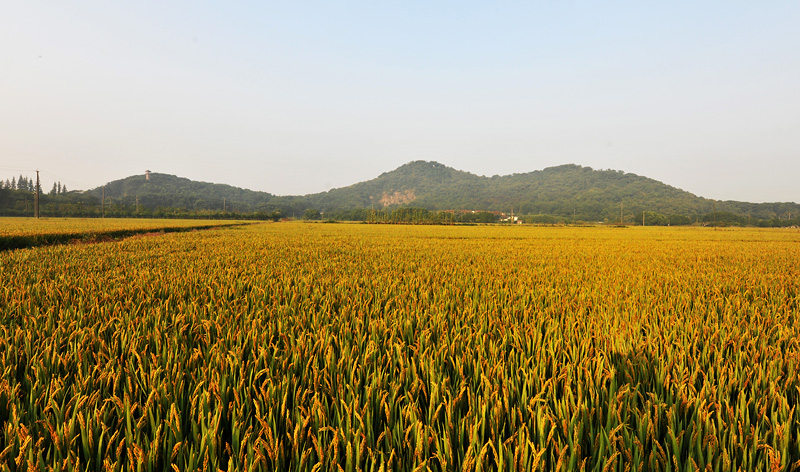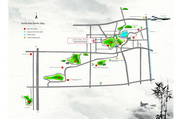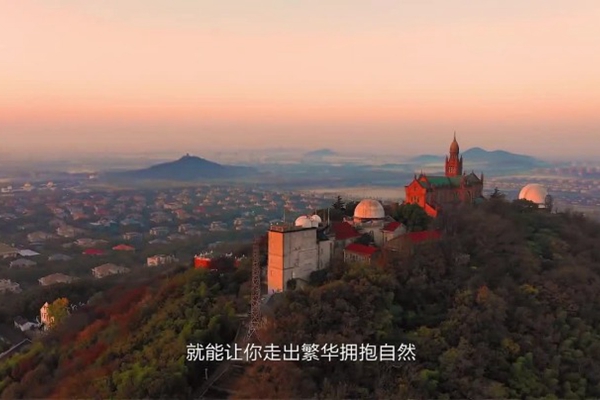
Tianma Mountain Park
( chinadaily.com.cn )
Updated: 2012-05-17
|
|||||||||
Tianma Mountain is also known as Gan Mountain. It got its name when Gan Jiang and Mo Ye cast swords here in the Spring and Autumn Period (770-256 BC). As the mountain had many temples and worshipers, it is also called "Shaoxiangshan". As it looks like a flying horse, it is also called Tianmashan (literally "Heavenly Horse").
Among the mountains, Tianmashan is the largest and tallest. It is 99.8 meters above sea level and covers an area of more than 728.4 hectares. The front slope is steep, while the rear slope is gentle.
On the slopes, the vegetation and trees are luxuriant. The park now has Huzhu Pagoda, Light of Buddha in Tianmashan, No 4 Spring, Three-Sage Tombs, Lu Ji and Lu Yun's Reading Platform, ancient gingko and other attractions.
According to the record of the Annals of Songjiang Prefecture written during Emperor Jiaqing's reign in the Qing Dynasty, Tianmashan had ten attractions, namely: Three-Sage Tombs, Kanjian Pavilion, Canxia Hall, Baxian Slope, Liuyun Cliff, Lu Ji and Lu Yun's Humble Cottage, Banzhu Nunnery, Shuangsong Platform, YizhuRock and Zhuoyue Spring. Most of them are not seen today.
The new tourism plan of Sheshan National Tourist Resort determines new ten attractions of Tianmashan: Leaning Tower and Light of Buddha, Walking in Clouds, Cave Adventure, Sunrise at the Northern Peak, Legends of Sages, Playing Pipa under the Moon, Spring Dawn, Autumn in Forest, Cliff Walk, and Bamboo and Brook.
 |
| Tianma Mountain Park |
Official Website of the Sheshan National Tourist Resort, Shanghai


